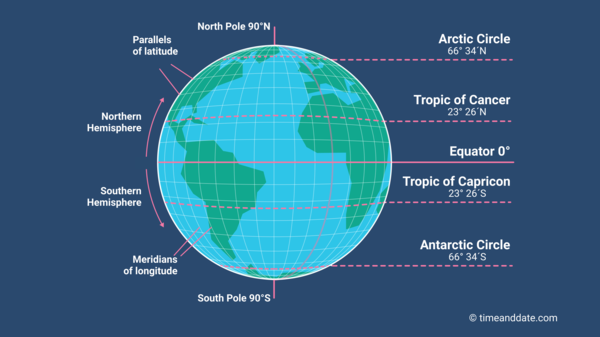

The total execution time for the two jobs would be a little over one hour. The computer would start an I/O operation, and while it was waiting for the operation to complete, it would execute the processor-intensive program. An early form of parallel processing allowed the interleaved execution of both programs together. A computation-intensive program which would take one hour to both run as well as and tape copying program that took one hour to run would take a total of two hours to run. In the earliest computers, only one program ran at a time.
#Parallel meaning serial
Likewise, if a computer using serial processing needs to complete a complex task, then it will take longer compared to a parallel processor. If a computer needs to complete multiple assigned tasks, then it will complete one task at a time. Where parallel processing can complete multiple tasks using two or more processors, serial processing (also called sequential processing) will only complete one task at a time using one processor. Difference between Serial and parallel processing MIMD, or multiple instruction multiple data, is another common form of parallel processing which each computer has two or more of its own processors and will get data from separate data streams.Īnother, less used, type of parallel processing includes MISD, or multiple instruction single data, where each processor will use a different algorithm with the same input data. SIMD is typically used to analyze large data sets that are based on the same specified benchmarks.

SIMD, or single instruction multiple data, is a form of parallel processing in which a computer will have two or more processors follow the same instruction set while each processor handles different data. There are multiple types of parallel processing, two of the most commonly used types include SIMD and MIMD.
#Parallel meaning software
Assuming all the processors remain in sync with one another, at the end of a task, software will fit all the data pieces together.Ĭomputers without multiple processors can still be used in parallel processing if they are networked together to form a cluster. Processors will also rely on software to communicate with each other so they can stay in sync concerning changes in data values. Typically each processor will operate normally and will perform operations in parallel as instructed, pulling data from the computer’s memory. Typically a computer scientist will divide a complex task into multiple parts with a software tool and assign each part to a processor, then each processor will solve its part, and the data is reassembled by a software tool to read the solution or execute the task. Data scientists will commonly make use of parallel processing for compute and data-intensive tasks. Parallel processing is commonly used to perform complex tasks and computations.

Most computers may have anywhere from two-four cores increasing up to 12 cores.

These multi-core set-ups are similar to having multiple, separate processors installed in the same computer. Multi-core processors are IC chips that contain two or more processors for better performance, reduced power consumption and more efficient processing of multiple tasks. Any system that has more than one CPU can perform parallel processing, as well as multi-core processors which are commonly found on computers today. Breaking up different parts of a task among multiple processors will help reduce the amount of time to run a program. Parallel processing is a method in computing of running two or more processors (CPUs) to handle separate parts of an overall task.


 0 kommentar(er)
0 kommentar(er)
